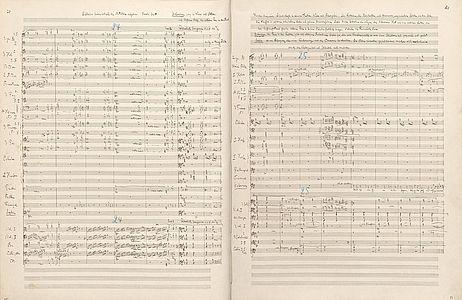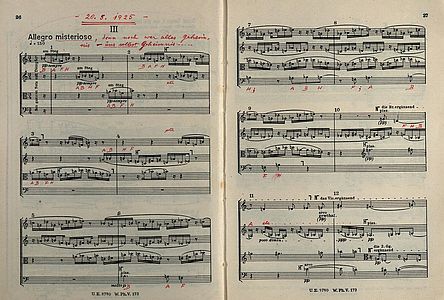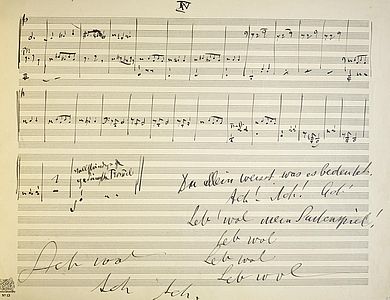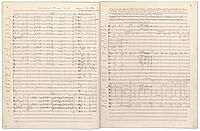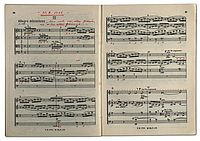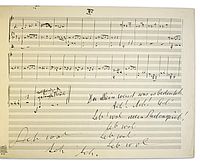You decide, we display!
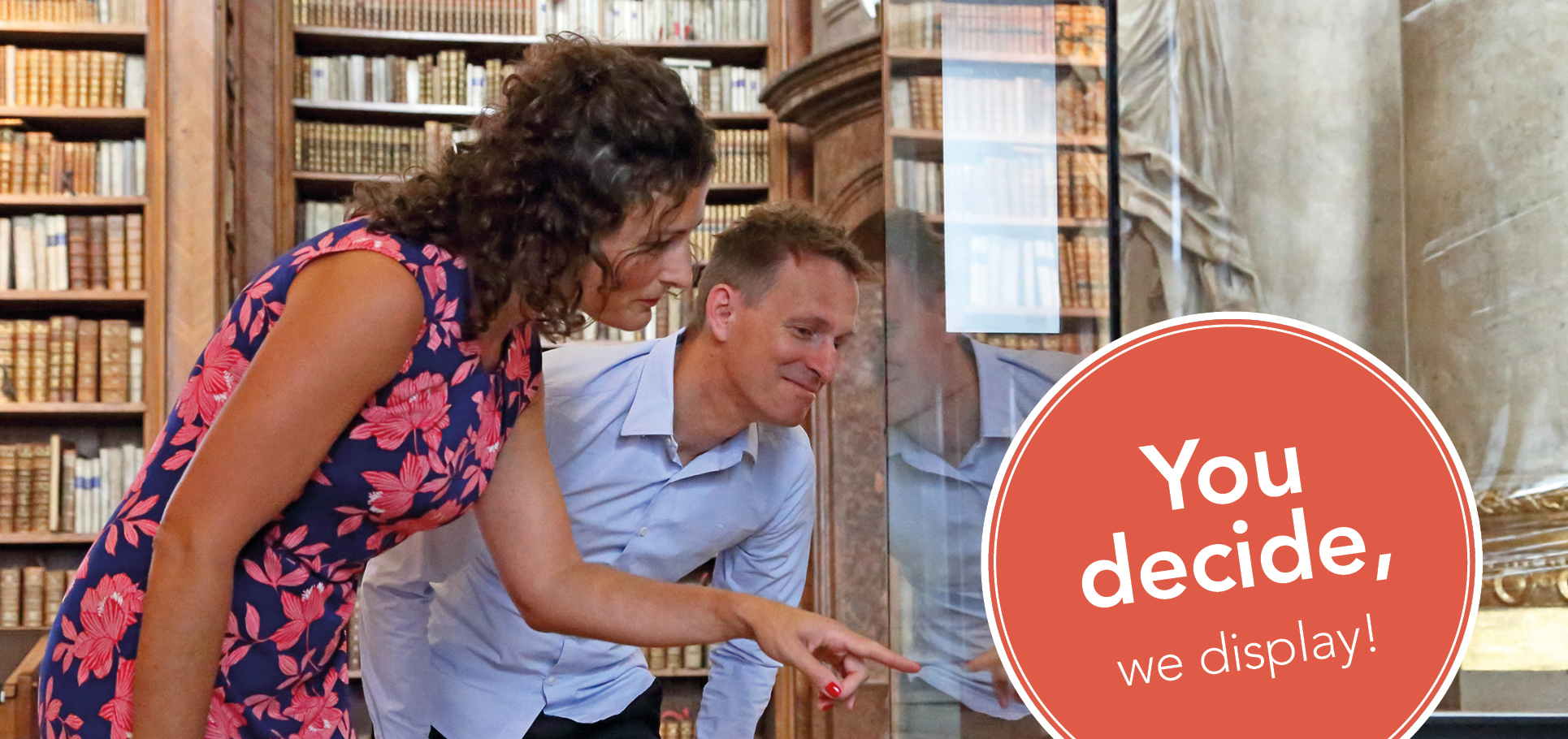
The voting round for the „special exhibit“ continues! After the "The magic of the Orient" this time everything is about „Unhappiness in love“ in music. From November 18 until December 1 you can vote online which of the precious originals will be presented from March 2020 at the State Hall. Vot now!
Unhappiness in love: Musical love song
Love is an inexhaustible subject in music. Countless works are dedicated to this powerful emotion which is not infrequently accompanied by great heartache. Just as diverse as love’s sorrows are the works on this theme that are held by the Department of Music of the Austrian National Library: operas about difficult liaisons, string quartets in memory of the composer’s secret love, whole symphonies reflecting the pain of relationships…
Object 1: Richard Strauss: Der Rosenkavalier
Original Manuscript, 1909/10
It is one of the elementary experiences of human existence that love is often associated with tragedy or renunciation. Richard Strauss' "Rosenkavalier" presents a love affair between the ageing Marschallin and the young Octavian, who swears eternal devotion to her. Octavian, however, is required to be the "Rosenkavalier" and woo the young Sophie on behalf of Baron Ochs auf Lerchenau, but he falls in love with Sophie, earning the enmity of the Baron. After a series of turbulent events, Octavian and Sophie become a couple and the Marschallin shows her noble character by releasing her youthful lover from his vow. Richard Strauss and his librettist Hugo von Hofmannsthal undoubtedly used Richard Wagner's "Meistersinger von Nürnberg" with its weave of humorous and tragic aspects as the model for this musical comedy.
Object 2: Alban Berg: Lyric Suite for String Quartet
Printed score with handwritten entries, 1927
Alban Berg wrote his "Lyric Suite" in 1926 as a memorial to his "amour fou" of Hanna Fuchs-Robettin, to whom he gave the decipherment and explanation of his composition in an extensively annotated score. Hanna Fuchs was the wife of a Prague industrialist in whose house Berg spent several days in May 1925. The six movements of the work, which encodes this romantic relationship in a variety of ways, describe the stages of this "story", a tragedy from Berg's point of view. The programmatic idea of the "Lyric Suite" is thus the depiction of the fate of a love that experiences a huge development and finds its final fulfilment in "Liebestod". Berg meticulously entered his interpretations and explanations into a printed pocket score that he gave to Hanna Fuchs.
Object 3: Gustav Mahler: 10th Symphony
Original Manuscript, 1910
Gustav Mahler was in the depths of his most serious marital crisis at the time of the composition of his 10th Symphony and he was dominated by the fear of losing his wife Alma as he worked. Ejaculations like "live for you! die for you!" make the autograph score a shattering biographical testimony. After sketching the first two movements, Mahler learned of his wife Alma's affair with the architect Walter Gropius, plunging him into deep despair. He sketched the remaining three movements and began working on the orchestration, completing only the first movement. The full score was never completed - Mahler stopped work on the symphony in September 1910 and was unable to resume it before he died of overwork and ill health in 1911.

